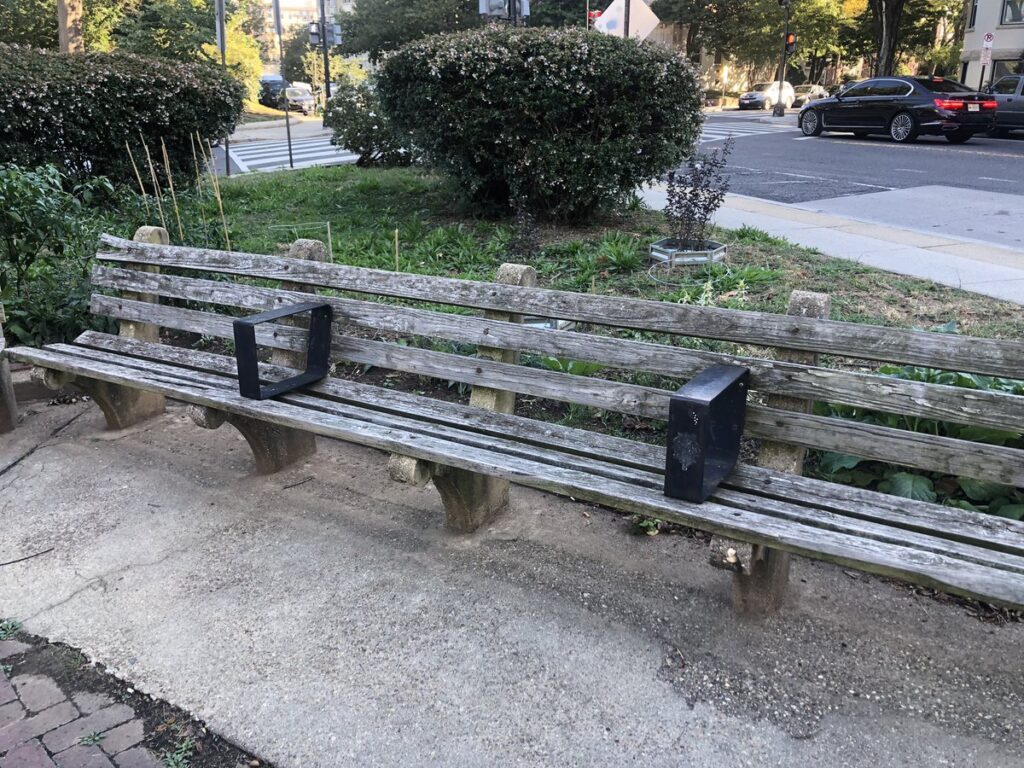Seven hundred people are killed annually by hypothermia in the United States, according to the 2010 Winter Homeless Services Report released by the National Coalition for the Homeless.
“I don’t choose to be in this situation, but I am in this situation,” said a homeless man in downtown D.C. who preferred not to release his name and asked to be called Jones.
Jones and other homeless persons experience increased exposure to the cold. Due to the lack of shelter, inadequate clothing (including often wet clothing), malnutrition and underlying infection, homeless persons are three to six more times likely to become ill, according to the National Coalition for the Homeless. Forty-four percent of all homeless persons are unsheltered.
NCH conducted surveys for its report with urban, suburban and rural shelters and organizations in 40 states and the District of Columbia. The surveys included 94 reporting parties from 60 cities and counties in the 40 states and D.C.
According to the report, 66 percent adapt or add to their year-round services when the weather becomes cold, 24.5 percent offer their services only in the winter, two shelters offer both year-round and winter-only shelter based on needs of community and capacity of year-round shelters and seven shelters declined to answer. Only 11 percent of those who responded to the question had inadequate funds to provide shelter or give vouchers for displaced homeless persons.
Jones has stayed in shelters before but chooses to live on his own. “I prefer not to take advantage of the public funds,” said Jones who instead asks for individual contributions.
Jones explained that he avoids shelters because of the curfews and time constraints and to avoid catching illnesses from living in a closed community.
When asked how he copes with the cold weather, Jones, who wears a thick winter coat, said he builds a tent in a secluded location, with plastic and “warm cuddly blankets.”
He is able to stay warm by taking the necessary precautions to create a barrier against the wind, such as wearing hats, gloves and warm clothing. He noted that he is not criticizing shelters, but prefers his method.
Restrictions, such as the time schedule Jones referred to, are common for shelters across the nation. According to the NCH survey, typically due to lack of funding, shelters often cannot remain open during the day or the entire winter season.
Many have schedules restricted to severe weather. In rural areas, shelters reported having expanded services only during winter months when the temperature falls below a predetermined point.
According to the report, there are also restrictions for persons entering the shelters. Usually persons who are intoxicated are allowed into shelters only if the temperature has dropped below a predetermined temperature or when there is precipitation. Some homeless persons are banned due to behavioral problems or a violent past.
While some restrictions should apply, NCH noted that those most susceptible to hypothermia and frostbite are persons who are addicted to alcohol and drugs, and therefore should still be taken in.
NCH states that few communities have city-wide cold-weather response plans, and many nationwide plans have large holes in accessibility. It calls for more government funding and the need for these plans to be examined yearly in preparation for extreme temperatures.
While many shelters do not open until the temperature drops below the freezing point, 32 degrees Fahrenheit, Dr. James J. O’Connell of the Boston Health Care for the Homeless Program said the most dangerous cases of hypothermia occur when it is 40 to 50 degrees Fahrenheit during the day and the temperature drops to the mid-30s at night.
Therefore, the NCH report calls for the winter season to be defined as October to April, and recommends shelters stay open during the day when the temperature falls below 40 degrees Fahrenheit.
Washington, D.C. and Boston are the best equipped cities with city-wide winter response plans, according to the report.
While improvements are needed, executive director of NCH, Neil J. Donovan praised D.C.’s efforts. “The hypothermia program in the District is working relatively well over the past few years with significant reductions in deaths directly attributable to hypothermia,” said Donovan.








